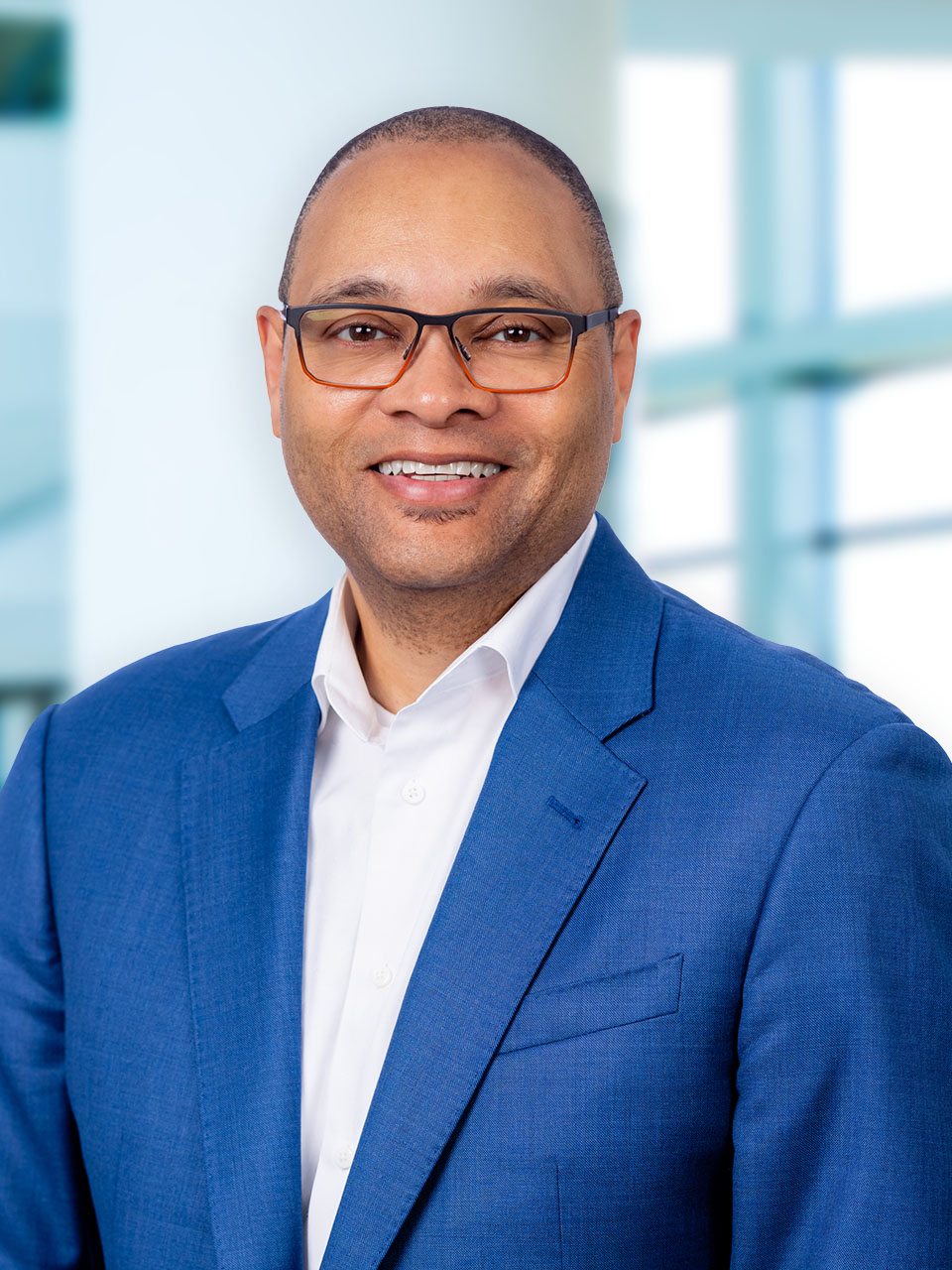No two snowflakes, or people, are exactly alike, so why do we spend a lot of our time looking at donors as lines of data or dollar signs?
We lump them into boxes, like major giver, planned giving donor, and capital campaign prospect. These terms mean nothing to the donor; are self-serving for us (nonprofits); have us short-changing the donor’s capacity; and often don’t get us where we’re trying to go.
Particularly in this challenging fundraising environment – donor retention rates falling, donor confidence waning, cost to acquire new donors rising, and non-profit lay-offs, turn-over and program cuts – we must think outside the box to view donors comprehensively; not in categories, but as our partners and believers – real people we can build relationships that both the donor and our organizations value.
Blended gifts are one way to connect holistically with donors for deeper conversations, to raise critically needed funds, and help donors reach meaningful charitable and life goals.
Let’s take a closer look at the potential.
What is a blended gift?
While there is no standardized definition, the term blended gifts is a fundraising approach that considers the various ways a donor can give (more) to your organization. The concept goes back to at least the 1990s, and in practice today is often simplified to refer to a gift that combines both an outright and deferred component.
But blended gifts tend to be more complex than that, involving multiple fundraising team members (major and planned giving for example), and other staff, program heads, faculty, and leaders from across the organization.
pf The strategy might seem like a no-brainer, but you can imagine the angst blended gifts might cause staff members focused mainly their portfolios, their discreet goals and metrics, their style, and making plans and asks that are comfortable for them. Another challenge is that blended gifts often require nonprofits to consider the donor’s vision, not just organizational priorities.
But blended asks are a larger, more thoughtful, factor of the totality of the donor’s capacity to give, and likely involve one or more of the following:
- Direct and deferred gifts – Such as a $100K scholarship, endowed with a $25K direct gift now, and completed at death via a $75K bequest
- Multiple gift types - For example, a $50K capital campaign commitment funded by a $35K donor advised fund grant and a $15K gift from the donor’s company
- Multi-category – For example, a $250K blended commitment that supports the Dean’s Fund, and a faculty initiative.
Here are 5 ways to successfully incorporate blended gifts in your fundraising:
1. Be Proactive
Qualify your donor. Focus on the donor’s affinity, interest and/or capacity and find a nexus with your organization’s needs. Incorporate moves management strategies that get your donor engaged and thinking about making the difference they’d like to see. Here are 4 proactive steps to take in the donor cycle:
- Use giving history and research to better understand your donor’s true wealth breakdown and giving capacity
- Be well-versed in your agency’s programs, budgets, needs and goals, as well as in basic tax considerations of high-net-worth individuals
- Ask probing questions, listening empathically, and documenting in your CRM
- Get comfortable with soliciting at the donor’s highest giving capacity
2. Prioritize and Maximize Top Donors
Who hasn’t seen a campaign pyramid illustrating how a few donors at the top have a huge impact on success or failure? Well, the Pareto Principal suggests it’s likely that 80% of your revenues come from 20% of your donors (your organization’s percentage may be slightly more or less but the idea holds up).
Blended gifts increase donor share of wallet – the amount donors are giving to you as opposed to others (or just being left on the table) – to maximize the giving of our most dedicated donors (much cheaper than acquiring new ones).
3. Embrace Donor-centricity
There is no bigger buzzword in philanthropy than “donor-centric,” but with development professionals having limited time, conflicting priorities, and marching orders to raise unrestricted dollars, we are often more us-centric.
Blended gifts require true value exchange (win/win) where by supporting the agency, the donor is also receiving something of value, like gaining access to organizational thought-leaders, being at the epicenter of change, fulfilling a life-long dream, or solving a tax challenge through generosity, together with a well-loved organization.
4. Deepen Relationships
Major donors often express that they get more from their gift than the charity. So, while touchpoints, thank-a-thons, and annual asks are necessary, they are transactional. Relationships are intentional, reciprocal, interpersonal, and again, value-added. We must cultivate to really understand donors, their life passions and pain points, instead of just pitching and asking.
By helping donors achieve levels of impact and self-actualization they could not otherwise reach, blended gifts are born of - and give birth to - greater levels of donor connection and investment in your organization and its success.
5. Commit to Increasing Blended Gifts
Adjust your development efforts to incentivize staff to eschew silos for more holistic donor relationship-building. Here are some questions to ask yourself:
- Am I focused on top donors?
- Am I collaborating with other team members?
- Am I listening more than I’m talking?
- Am I grasping my donor’s affinity, interest, or passion?
- Am I asking at/near the donor’s highest giving capacity?
- Are we leaving dollars on the table?
- Are we prioritizing a gift today over a much larger opportunity?
Satisfying answers indicate you’re building a bridge to blended gift success, so that your organization can reap the benefits of this highly effective strategy.
Are you interested in help with blended gift fundraising? Drop us a line here and we'll connect you with one of our senior-level fundraising consultants.



Comments
Questions or comments? Join the conversation!